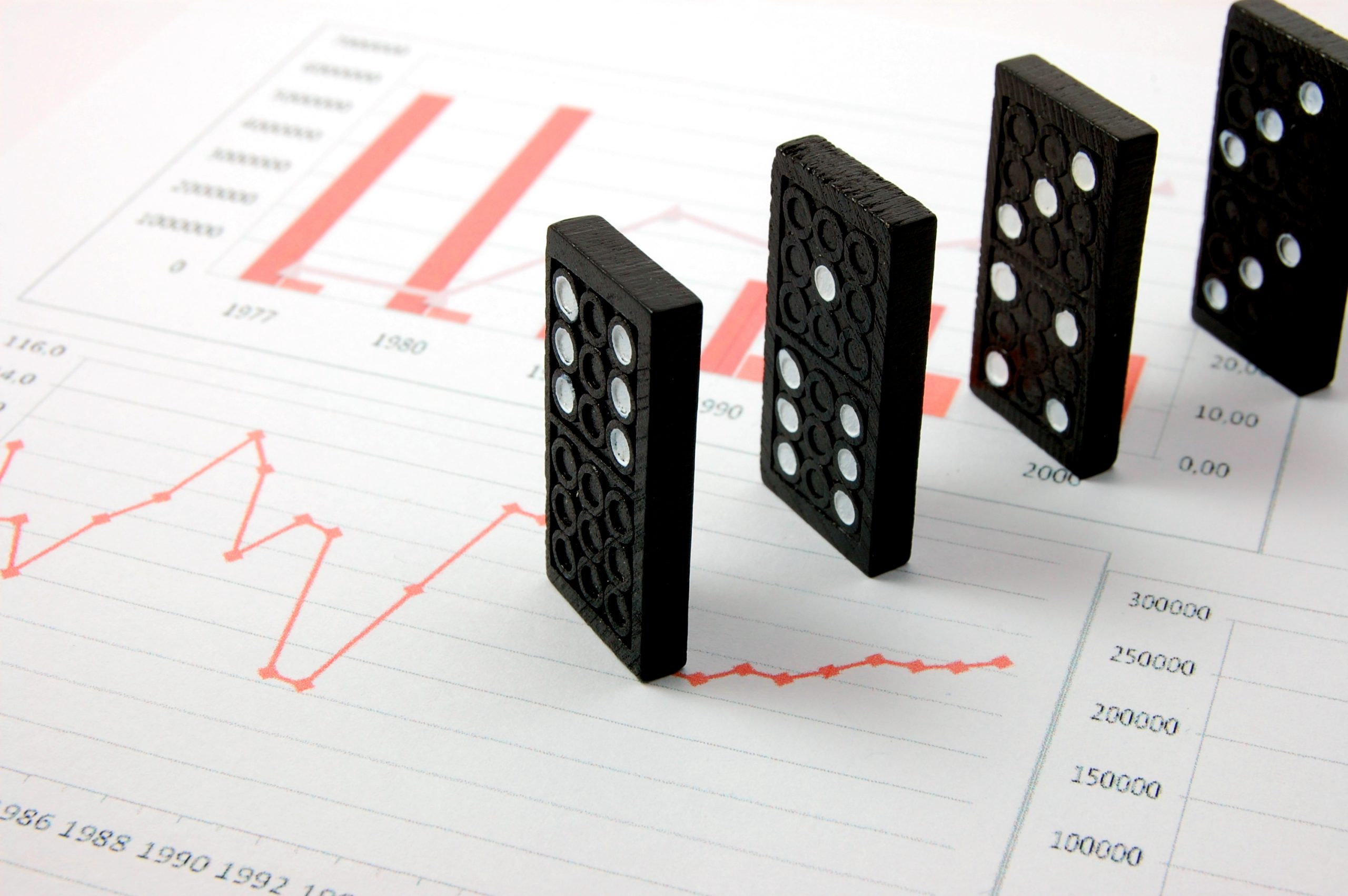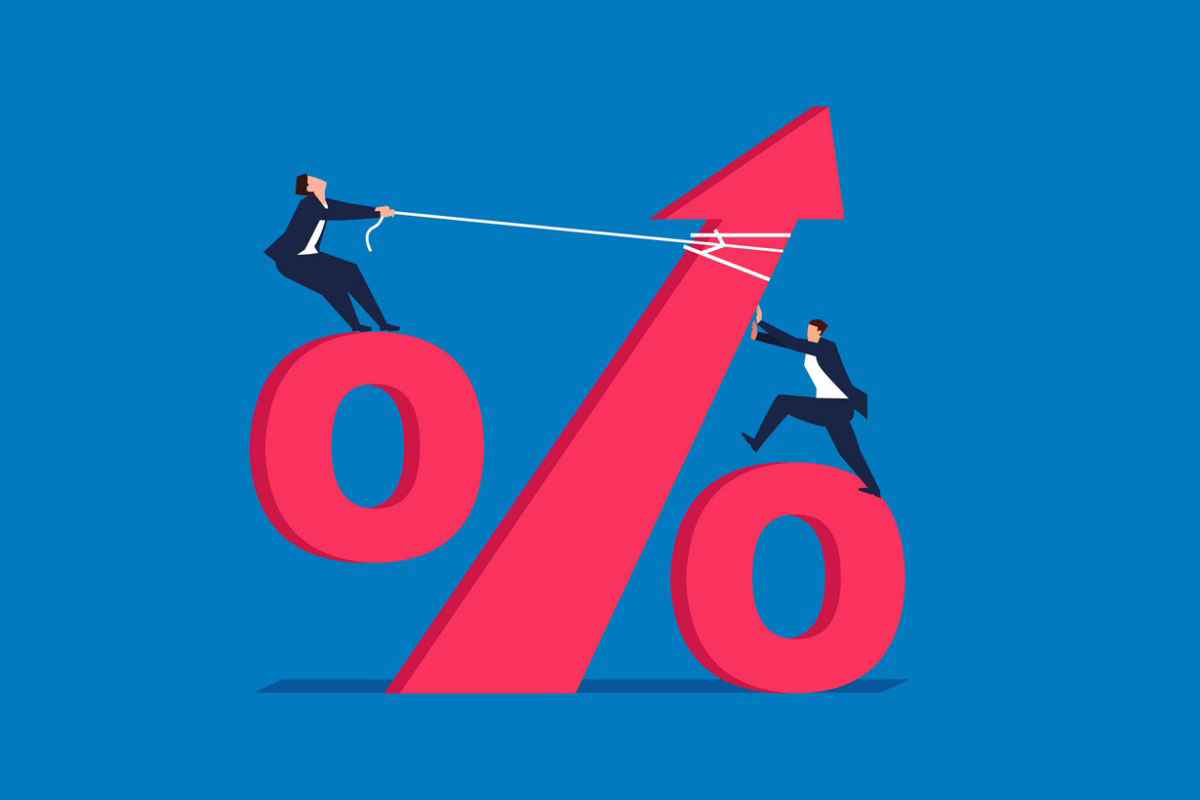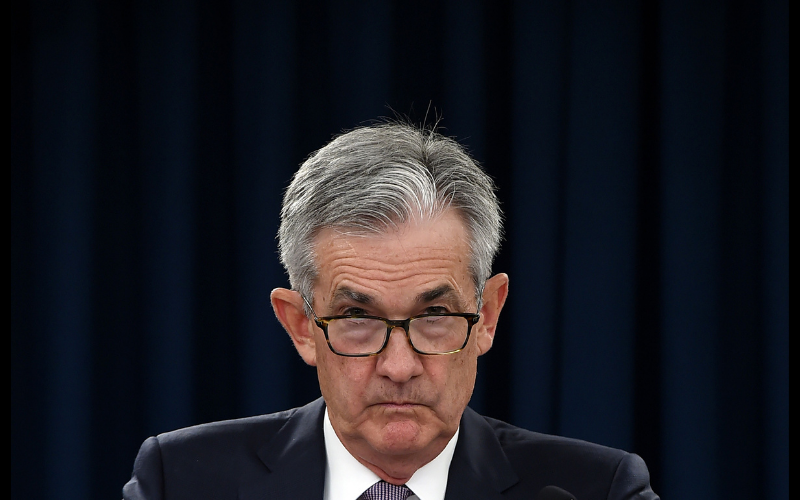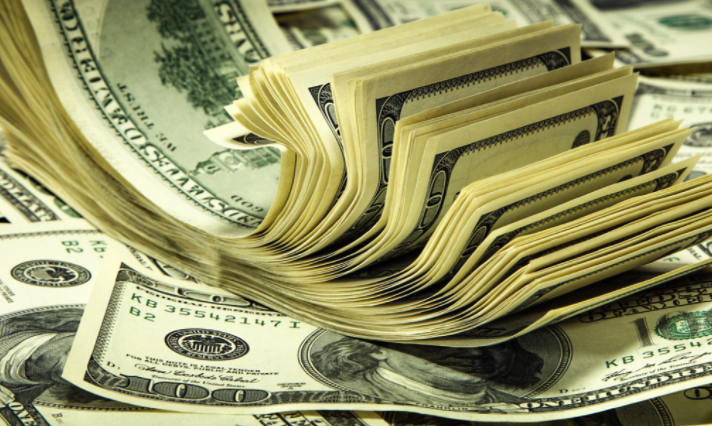
- #USD Soars as 10 Year Yields Rise 10%
- Stocks Collapse, Driving Risk Currencies Lower
- #AUD Hit the Hardest by Risk Aversion
- #EUR the Most Resilient
- US Personal Income and Spending Numbers Next
The U.S. dollar is reaping the benefits of rising yields. Since the beginning of the year we’ve seen ten year bond yields in the U.S. move from 0.91% to a one year high of 1.56%. This trend started at the turn of the new year but gained significant momentum in the past few weeks. At first, currency and equity traders resisted the move with stocks powering to record highs and the dollar continuing its slide but today, investors are finally waking up to the ramifications of rising interest rates. U.S. policymakers say they aren’t concerned but the spike in yields has a direct impact on consumer rates. Mortgage rates for example rose to its highest level since August which could put an end to the refinancing boom.
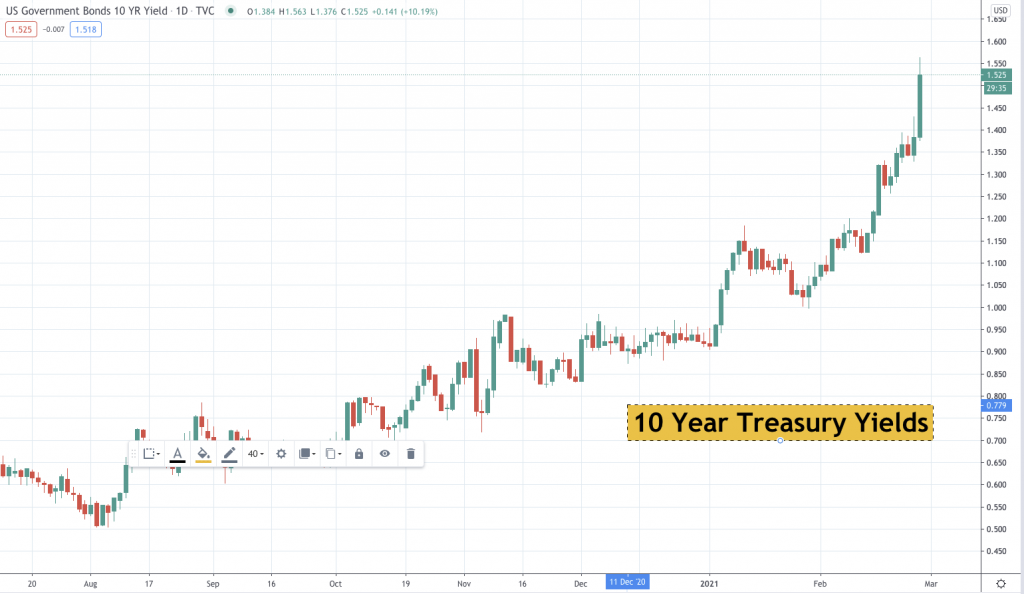
The U.S. is not the only country experiencing rising yields. Ten year German bund yields also climbed to their highest level in 11 months. In contrast to the Federal Reserve, European Central Bank officials say they are closely monitoring the evolution of long-term nominal bond yields. They will ensure that they remain favorable according to ECB member Villeroy. With the ECB more eager to act on rising rates than the Fed, EUR/USD should be trading lower. Unlike other major currencies that fell sharply today, EUR/USD was unchanged but it should only be a matter of time before the pair turns lower as well.

The Australian dollar was hit the hardest by the rising dollar which is not unusual because the currency is especially sensitive to the performance of stocks. Whenever there is a big market sell-off, we typically see AUD/USD and AUD/JPY sell-off. The New Zealand dollar also sold off aggressively but NZD’s decline was supported by a downwardly revised consumer confidence report. USD/CAD enjoyed its strongest one day rise since January 27th. A move like this should be followed by continuation but the rise in oil prices holds the pair back.
The second worse performing currency was sterling which dropped reversed towards 1.40. Given how much GBP/USD has risen this month, profit taking has long been expected. GBP/USD is a trending currency so after the biggest one day drop since October, a further decline is likely.


